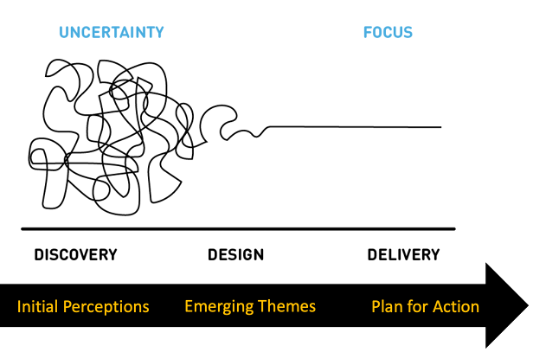Levels of Reflective Thought
by Michelle Head, CETL Scholarly Teaching Fellow for Reflective Practices
This article is part of the larger, Reflective Practices for Teaching.
The literature often differentiates between three levels of reflection, as shown in the figure below.

Critical reflection is the highest level of reflection and often the most difficult for students to achieve. As the learner composes a critical reflection, they will often engage in a description of the event, and reason through the experience before extending their understanding of the experience to consider how it aligns or conflicts with the learner already knows.
Critical reflection parallels very well the design process. At the start, the learner may be mulling over a number of thoughts related to the experience. They then begin to observe common themes that emerge from their experiences that allow the learner to articulate what they have learned from the experience. As a result, it is helpful to think of ways to scaffold the student's reflection process to move them toward this level of reflection. See the section on Constructing Reflection Prompts to Promote Critical Reflection.

back to reflective practices











